Canada Travel Guide
If you’re looking for a destination full of culture, adventure, and breathtaking scenery, then look no further than Canada. From the majestic Rocky Mountains of British Columbia to the picturesque shores of Prince Edward Island, a trip to Canada is sure to provide you with memories that will last a lifetime. Whether you’re seeking out the bustling cities of Toronto and Montreal or exploring untouched wilderness in Alberta’s Banff National Park – Canada offers something for every traveler. With incredible wildlife viewing opportunities and its vibrant food culture, there’s something magical about travelling in Canada that makes it an unforgettable experience. So pack your bags and set your sights northward – you won’t be disappointed!
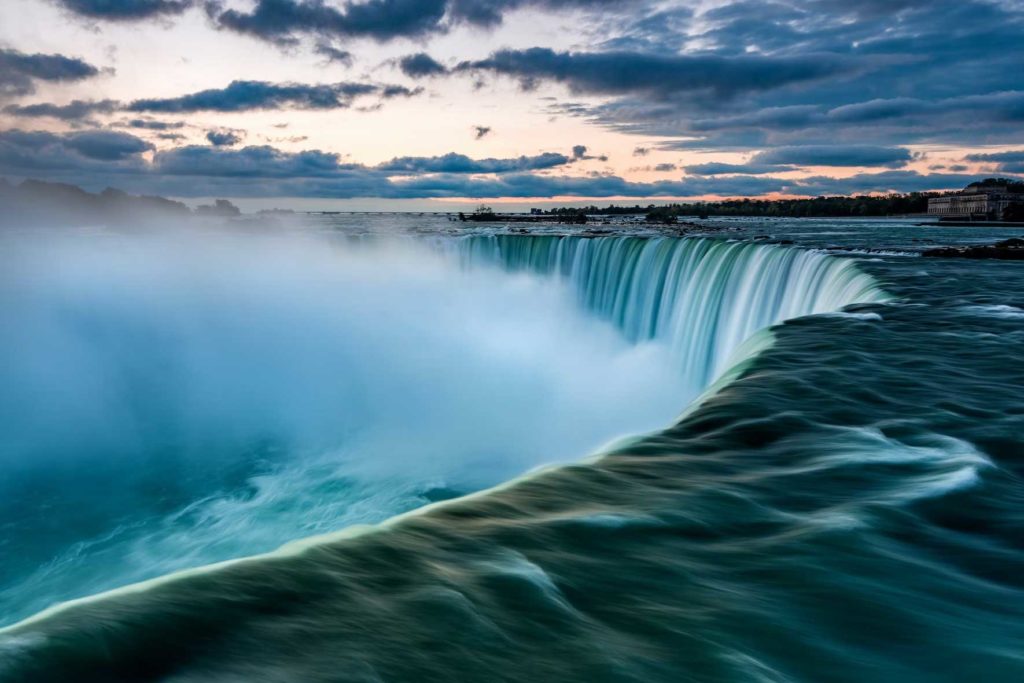
Travel to Canada
Welcome to Canada, one of the most beautiful and diverse countries in the world! Canada is a vast country with stunning natural beauty, multicultural cities, and a rich history and culture. Here are some highlights of what you can expect during your touristic visit to Canada:
Natural Wonders: Canada is home to some of the most breathtaking natural wonders in the world, including the Rocky Mountains, Niagara Falls, Banff National Park, and the Canadian Rockies. Whether you want to hike, ski, snowboard, or simply take in the stunning views, there is something for everyone.
Multicultural Cities: Canada is known for its friendly people and diverse cultures. Cities like Toronto, Vancouver, and Montreal are bustling with activity and offer a wide range of cultural experiences, including world-class museums, galleries, and festivals.
Wildlife: Canada is home to some of the world’s most iconic wildlife, including polar bears, grizzly bears, elk, moose, and whales. You can go on a wildlife safari or take a whale watching tour to see these amazing animals up close.


Adventure Activities: Canada is a playground for outdoor enthusiasts. You can go skiing, snowboarding, kayaking, hiking, mountain biking, and more. Canada also has some of the best freshwater and saltwater fishing in the world.
Food and Drink: Canada has a diverse culinary scene, with influences from all over the world. Be sure to try some of the local specialties, such as poutine, butter tarts, and maple syrup. Canada is also known for its craft beer, wine, and whiskey.
Culture and History: Canada has a rich history and culture, with a strong indigenous presence. You can visit historical sites, such as the Canadian Museum of History in Ottawa or the Plains of Abraham in Quebec City, to learn about Canada’s past.
Festivals: Canada loves to celebrate, and there are festivals and events happening all year round. From the Calgary Stampede to the Montreal Jazz Festival, there is something for everyone.

The regions of Canada to travel to
Canada is a vast and diverse country, with regions that offer unique experiences for travelers. From the rugged coastlines of the Atlantic to the stunning beauty of the Rockies, each region has its own distinct culture, history, and natural wonders. Here’s an overview of the regions of Canada, their specificities, landmarks, and points of interest.
Atlantic Canada
Atlantic Canada is made up of four provinces: Newfoundland and Labrador, Nova Scotia, Prince Edward Island, and New Brunswick. This region is known for its rugged coastline, charming fishing villages, and delicious seafood. It also has a strong maritime culture and history.
In Newfoundland and Labrador, Gros Morne National Park is a UNESCO World Heritage Site with stunning fjords, mountains, and waterfalls. L’Anse aux Meadows National Historic Site is a Viking settlement where visitors can learn about the Vikings’ history in North America. In Nova Scotia, the Cabot Trail is a scenic drive that offers views of the coast and highlands. Peggy’s Cove is a picturesque fishing village with a lighthouse, and the Citadel Hill National Historic Site in Halifax showcases the city’s military history. Prince Edward Island is known for the Green Gables Heritage Place, which inspired the classic novel “Anne of Green Gables.” New Brunswick has the famous Hopewell Rocks, where visitors can witness the highest tides in the world.
Quebec
Quebec is Canada’s only French-speaking province and has a rich culture and history. The province has charming old towns, world-class cuisine, and stunning natural beauty. Quebec City is a UNESCO World Heritage Site with beautiful architecture, such as the Chateau Frontenac and the city’s fortifications. The Plains of Abraham, a historic park in the heart of Quebec City, is where the famous battle between the French and British took place in 1759. Montreal is known for its festivals, such as the Montreal Jazz Festival, and landmarks such as the Notre-Dame Basilica and Mount Royal Park.


Ontario
Ontario is Canada’s most populous province and home to the country’s capital, Ottawa. This region is known for its stunning lakes, vibrant cities, and iconic landmarks. Toronto is the largest city in Canada and is home to the CN Tower, which offers stunning views of the city and the famous Niagara Falls. Ottawa has the beautiful Rideau Canal, a UNESCO World Heritage Site, and the Parliament Hill, which is the seat of the Canadian government. Algonquin Provincial Park is a beautiful park with over 2,400 lakes, and Stratford Festival is one of North America’s largest classical repertory theatre festivals.
Prairies
The Prairies region includes the provinces of Manitoba, Saskatchewan, and Alberta. It’s known for its wide-open spaces, rich Indigenous history, and world-renowned national parks. Banff and Jasper National Parks are located in Alberta and offer stunning mountain views, glacial lakes, and hot springs. Calgary is known for the Calgary Stampede, one of the largest rodeos in the world. Saskatchewan has the Royal Saskatchewan Museum, which showcases the province’s history and natural wonders, and Wascana Centre, a beautiful park in the heart of Regina. Winnipeg is the largest city in Manitoba and has the Canadian Museum for Human Rights, which is the only museum in the world dedicated solely to human rights.

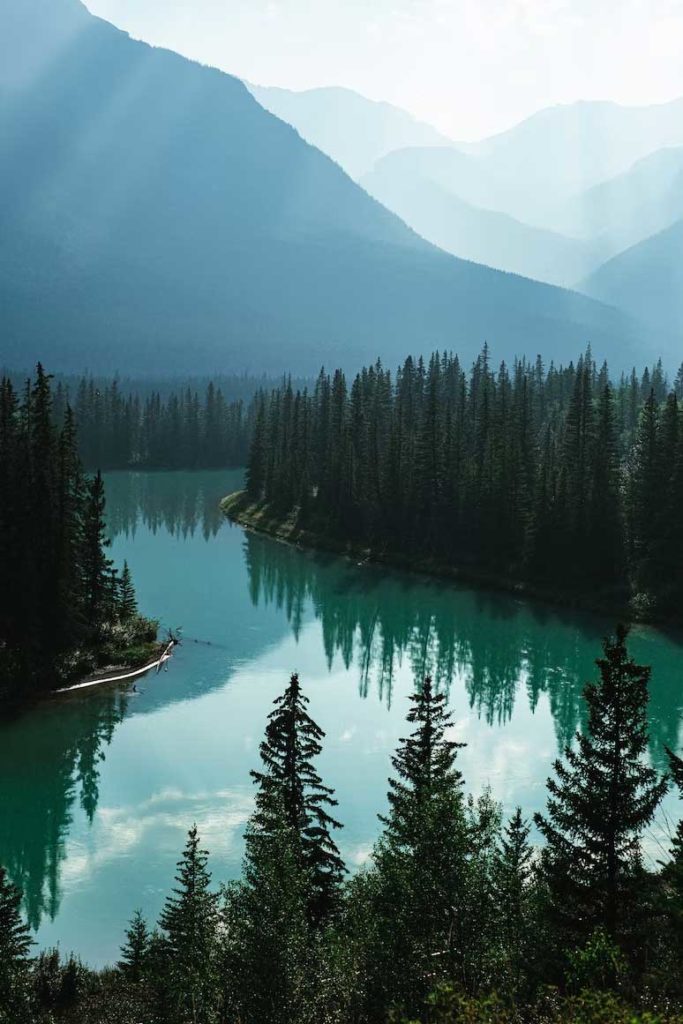
British Columbia
British Columbia is Canada’s westernmost province and is known for its stunning natural beauty, world-class ski resorts, and diverse cities. Vancouver is a bustling city with Stanley Park, Granville Island, and Capilano Suspension Bridge. Whistler is known for its ski resorts, including Whistler Blackcomb Ski Resort, which is one of the largest ski resorts in North America. Victoria is a charming city on Vancouver Island with beautiful gardens, such as Butchart Gardens, and historic sites, like Craigdarroch Castle. British Columbia also has stunning national parks, such as Pacific Rim National Park Reserve and Yoho National Park.
Northern Canada
Northern Canada is the most sparsely populated region of Canada and includes the territories of Yukon, Northwest Territories, and Nunavut. This region is known for its stunning landscapes, rich Indigenous cultures, and northern lights. In Yukon, Kluane National Park and Reserve has towering mountains and glaciers, and the capital city of Whitehorse has cultural sites, like the Kwanlin Dun Cultural Centre. Northwest Territories has the beautiful Nahanni National Park Reserve, which is a UNESCO World Heritage Site with rivers, canyons, and hot springs. The city of Yellowknife has the Prince of Wales Northern Heritage Centre, which displays the history and culture of the northern territories. Nunavut has the Auyuittuq National Park, which has beautiful fjords, glaciers, and ice fields, and the capital city of Iqaluit has the Nunatta Sunakkutaangit Museum, which displays Inuit art and culture.
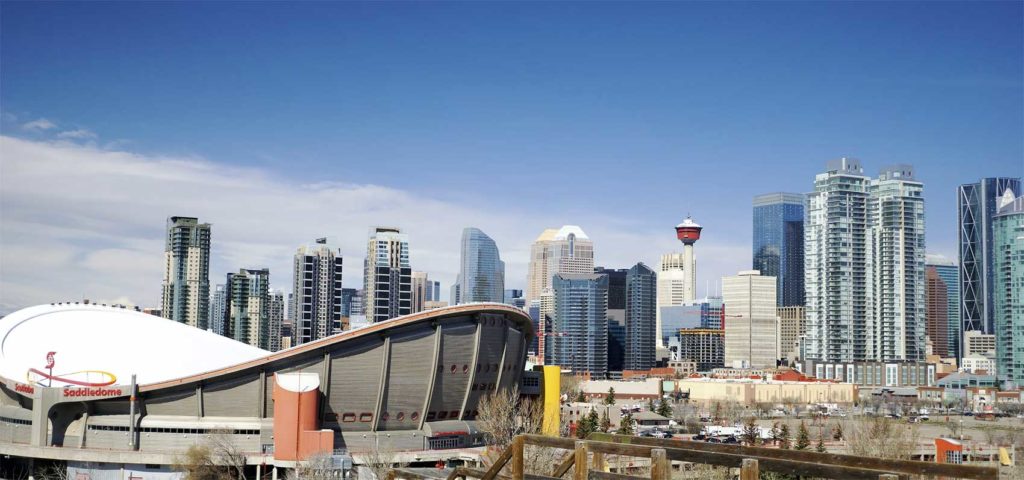
When to go – the four seasons in Canada
Canada experiences four distinct seasons: winter, spring, summer, and fall. The timing and severity of these seasons can vary depending on the region of the country you are in. Here’s a brief overview of each season in Canada and when to visit:
Winter:
Winter in Canada usually starts in December and lasts until March or April. This season can be very cold, with temperatures dropping below freezing and heavy snowfall in many parts of the country. However, winter can also be a beautiful time to visit Canada, especially if you enjoy winter sports like skiing, snowboarding, or ice skating. Popular destinations during winter include Whistler, Banff, and Quebec City’s Winter Carnival.
Spring:
Spring in Canada typically runs from March to May. This season can bring milder temperatures and a lot of rain, but it’s also a time of renewal and blooming flowers. If you want to see Canada’s beautiful cherry blossoms, head to Vancouver or Toronto in late April or early May. Spring is also a great time to visit the Niagara Falls as the falls start to melt from winter and you can witness the famous Niagara Falls in all its glory.
Summer:
Summer in Canada runs from June to August and is a popular time for tourism. This season brings warm temperatures, long days, and a lot of sunshine. It’s a great time to enjoy outdoor activities like hiking, camping, and swimming in one of Canada’s many lakes or beaches. Summer is also the time for many festivals, such as Montreal’s International Jazz Festival and Calgary Stampede.
Fall:
Fall in Canada usually runs from September to November. This season is characterized by cooler temperatures and colorful foliage. The changing leaves make for beautiful scenery, and many visitors come to Canada in the fall to take in the stunning fall foliage. It’s also a great time to visit Canada’s wineries and taste some of the best wines that the country has to offer. Some popular destinations to visit in the fall include the Algonquin Provincial Park, Prince Edward Island, and Niagara-on-the-Lake.
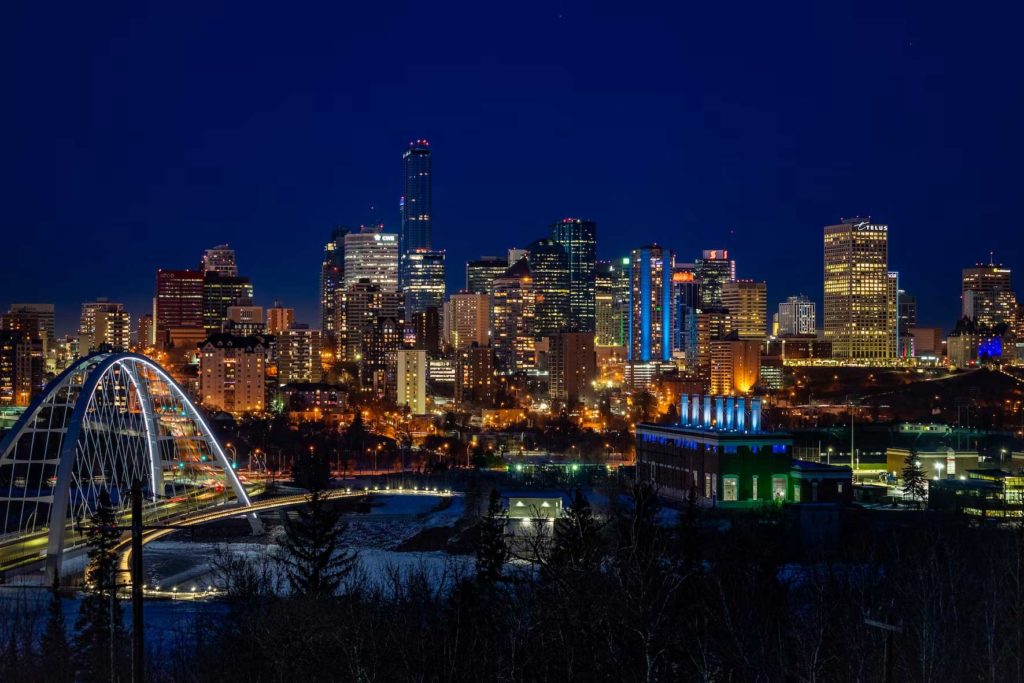
The main cities in Canada that you should visit
Canada is home to several vibrant and diverse cities that offer a wide range of tourist attractions and activities. Here are some of the main tourist cities in Canada and their top points of interest:
Toronto:
Toronto is Canada’s largest city and a popular tourist destination. The city is known for its iconic CN Tower, which offers breathtaking views of the city and Lake Ontario. Other popular attractions include the Royal Ontario Museum, the Art Gallery of Ontario, and the Hockey Hall of Fame. Toronto also has a bustling downtown area with great shopping, dining, and entertainment options.
Vancouver:
Vancouver is a coastal city located in British Columbia and is known for its stunning natural beauty and vibrant cultural scene. Some of the top attractions include Stanley Park, which is a large public park with hiking trails and beaches, the Capilano Suspension Bridge, which offers stunning views of the surrounding mountains and forests, and Granville Island, which is a popular spot for shopping, dining, and entertainment.
Montreal:
Montreal is a city with a rich history and cultural heritage, and it’s also Canada’s second-largest city. Some of the top attractions in Montreal include Old Montreal, which is a historic district with cobblestone streets and historic buildings, the Notre-Dame Basilica, which is a stunning Gothic Revival church, and Mount Royal Park, which is a large public park with hiking trails and panoramic views of the city.
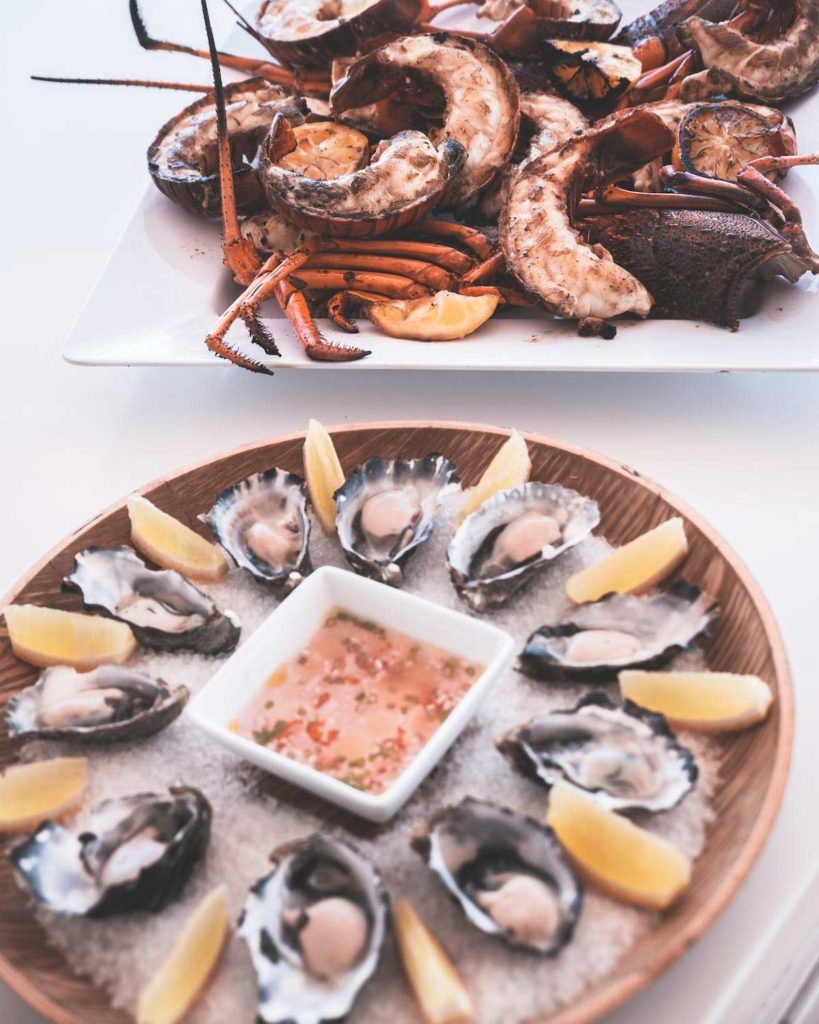
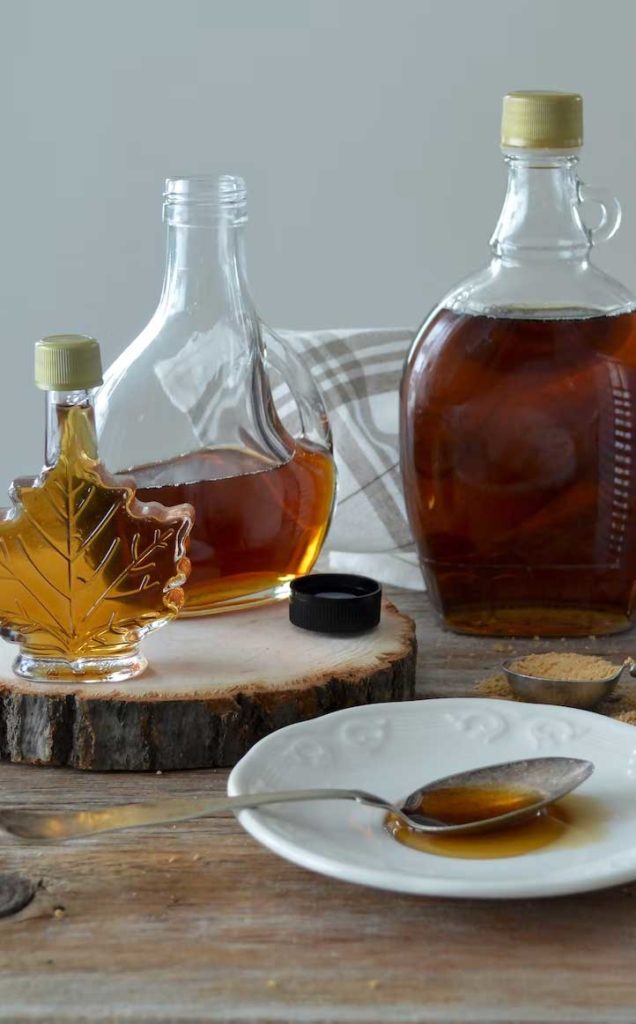
Quebec City:
Quebec City is the capital of Quebec and is known for its charming old town, which is a UNESCO World Heritage Site. The city is home to the Chateau Frontenac, which is a grand hotel and a popular landmark, the Citadel, which is a historic fortress, and the Plains of Abraham, which is a large park that played a significant role in Canadian history.
Ottawa:
Ottawa is the capital of Canada and is home to several significant landmarks and museums. Some of the top attractions include the Parliament Hill, which is the seat of the Canadian government and features stunning Gothic Revival architecture, the Canadian War Museum, which showcases Canada’s military history, and the Rideau Canal, which is a UNESCO World Heritage Site and a popular spot for boating and ice skating.
Calgary:
Calgary is a city located in Alberta and is known for its proximity to the Canadian Rockies. Some of the top attractions in Calgary include the Calgary Tower, which offers panoramic views of the city, the Glenbow Museum, which showcases the history and culture of Western Canada, and the Calgary Stampede, which is a popular annual rodeo and festival.
Mont Tremblant
Mont Tremblant is a popular tourist destination located in the province of Quebec, about a 2-hour drive from Montreal. It’s known for its stunning natural beauty, outdoor activities, and charming village. One of the main attractions in Mont Tremblant is the Mont Tremblant Ski Resort, which is one of the largest ski resorts in North America. The resort has over 600 acres of skiable terrain and a variety of ski runs for all levels of skiers. In the summer, the resort transforms into a hub for outdoor activities such as hiking, mountain biking, and zip-lining.

Winnipeg:
Winnipeg is the capital city of Manitoba, located in the center of Canada. It’s a vibrant and culturally rich city with a variety of attractions and activities for visitors. One of the main attractions in Winnipeg is the Canadian Museum for Human Rights, which is a striking building that showcases the history and importance of human rights in Canada and around the world. The museum features interactive exhibits, art displays, and educational programs.
Edmonton:
Edmonton is the capital city of the province of Alberta and is located in western Canada. It’s a vibrant and growing city that offers a mix of urban attractions and natural beauty. One of the main attractions in Edmonton is the West Edmonton Mall, which is one of the largest shopping and entertainment centers in North America. The mall has over 800 stores, a water park, amusement park, aquarium, and mini golf course, making it a popular destination for families and shoppers.

Landmarks that are a must-see
Canada is home to many famous landmarks and attractions, from natural wonders to historic sites and cultural treasures. Here are some of the main and must-see landmarks and attractions in Canada:
Niagara Falls: Niagara Falls is one of the most famous natural wonders in the world, located on the border between Canada and the United States. Visitors can view the falls from several observation decks, take a boat tour to get up close, or even go behind the falls for a unique experience.
Banff National Park: Banff National Park is a stunning natural area located in the Canadian Rockies. It’s home to glaciers, lakes, and mountains and offers a variety of outdoor activities such as hiking, skiing, and camping. Some of the top attractions in the park include Lake Louise, Moraine Lake, and the Banff Hot Springs.
CN Tower: The CN Tower is an iconic landmark in Toronto and one of the tallest freestanding structures in the world. Visitors can take an elevator to the top for stunning views of the city and Lake Ontario.
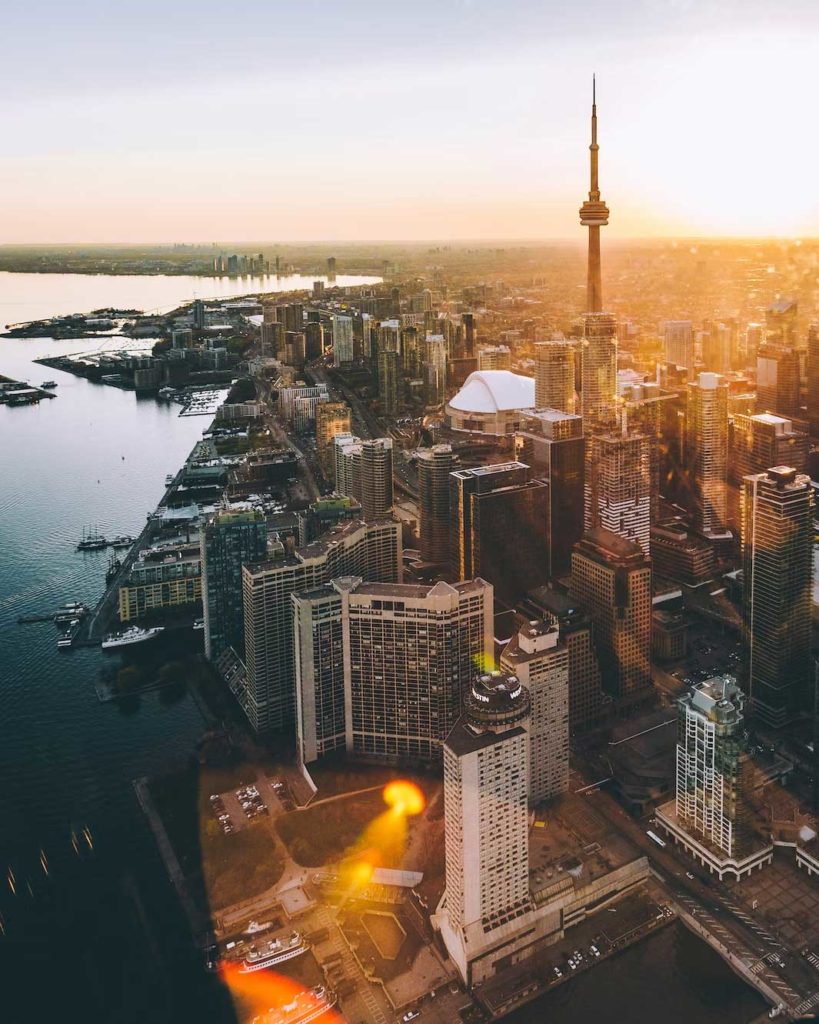
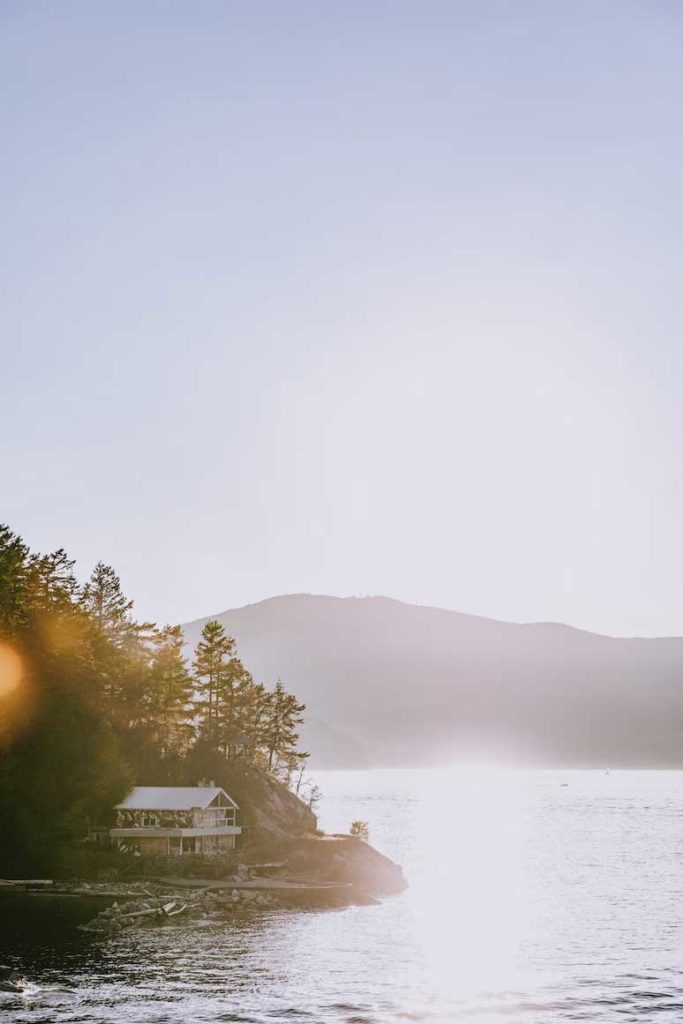
Canadian Museum for Human Rights: The Canadian Museum for Human Rights is located in Winnipeg and showcases the history and importance of human rights in Canada and around the world. The museum features interactive exhibits, art displays, and educational programs.
Parliament Hill: Parliament Hill is located in Ottawa and is the seat of the Canadian government. Visitors can take a tour of the historic buildings and learn about the country’s political history.
Old Quebec: Old Quebec is a UNESCO World Heritage Site and a charming historic district in Quebec City. It features narrow streets, historic buildings, and European-style architecture.
Stanley Park: Stanley Park is a large public park located in Vancouver and features over 400 hectares of forests, trails, beaches, and gardens. It’s a popular spot for walking, cycling, and picnicking.
The Canadian Rockies: The Canadian Rockies is a stunning mountain range that stretches across Alberta and British Columbia. It’s home to several national parks, such as Banff, Jasper, and Yoho, and offers breathtaking views and a variety of outdoor activities.

Fun things to do in Canada
Canada is a diverse and exciting country with many fun things to see and do. Here are some of the top activities and experiences that you can enjoy while visiting Canada:
Visit the national parks: Canada is home to over 40 national parks, each with its own unique landscapes and wildlife. Some of the most popular national parks include Banff, Jasper, and Gros Morne.
Skiing and snowboarding: Canada is known for its world-class ski resorts, with many offering scenic mountain views and top-notch facilities. Some popular ski destinations include Whistler, Banff, and Mont-Tremblant.
Experience the Northern Lights: The Northern Lights, or Aurora Borealis, is a natural phenomenon that can be seen in many parts of Canada. Some of the best places to see the Northern Lights include Yellowknife, Whitehorse, and Churchill.
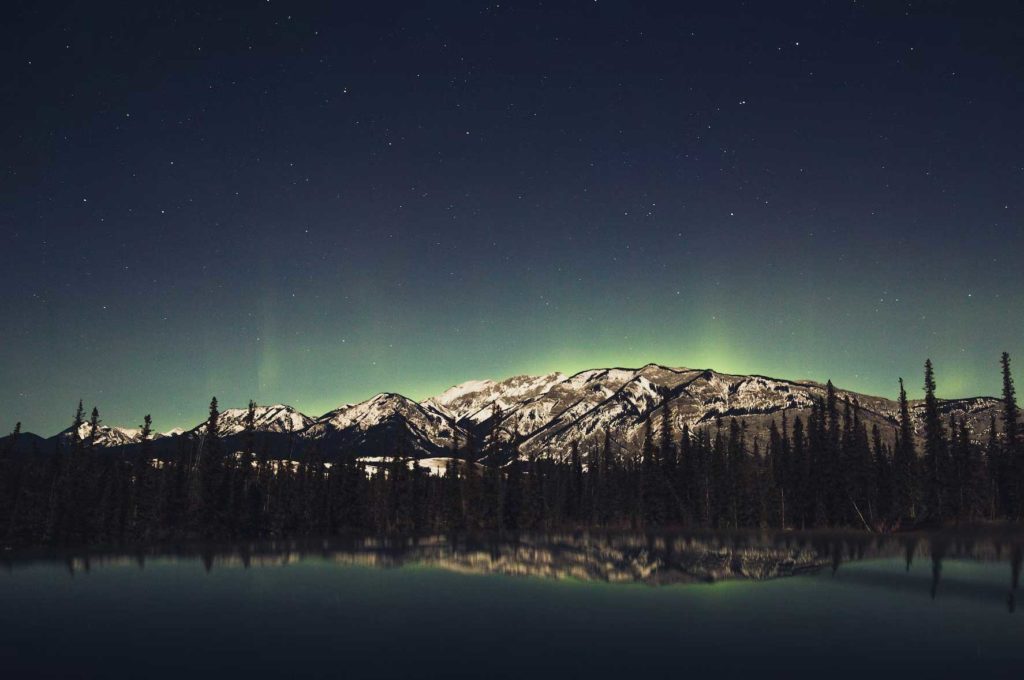
Explore the cities: Canada’s cities offer a diverse range of cultural and entertainment experiences. Some of the most popular cities to visit include Toronto, Montreal, Vancouver, and Quebec City.
Try the local cuisine: Canada has a rich culinary culture, with many local specialties to try, including poutine, butter tarts, and maple syrup. Be sure to sample some of the local cuisine while you’re visiting.
Attend a festival: Canada is home to many festivals throughout the year, including music festivals, food festivals, and cultural celebrations. Some of the most popular festivals include the Montreal Jazz Festival, the Calgary Stampede, and the Toronto International Film Festival.
Take a road trip: Canada has many scenic drives, including the Cabot Trail in Nova Scotia, the Icefields Parkway in Alberta, and the Sea-to-Sky Highway in British Columbia. Rent a car and take a road trip to explore the country’s stunning natural beauty.
Ice-hockey: Going to an ice hockey game is another fun and popular activity to do while visiting Canada. Ice hockey is considered Canada’s national sport, and attending a game is an exciting and memorable experience. Some of the most popular hockey teams include the Toronto Maple Leafs, Montreal Canadiens, and Vancouver Canucks. Hockey games are held throughout the country, with the NHL season running from October to April. Be sure to check the schedule and get your tickets early to experience the thrill of a live ice hockey game in Canada.
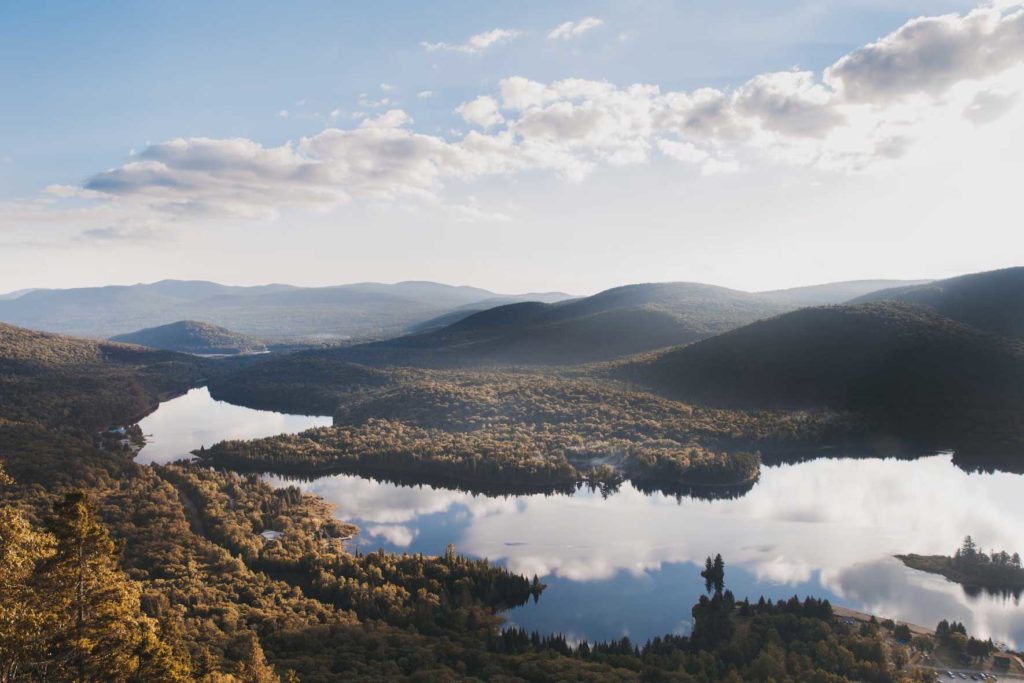
Landmarks hotels
Canada is home to many famous and luxurious hotels that are landmarks in themselves. Here are some of the most notable landmark hotels in Canada:
Fairmont Banff Springs: The Fairmont Banff Springs is located in Banff National Park in Alberta and is known as the “Castle in the Rockies.” The hotel was built in 1888 and has been designated a National Historic Site of Canada. It features luxurious rooms, a world-class spa, and several restaurants.
Fairmont Chateau Lake Louise: The Fairmont Chateau Lake Louise is located in Banff National Park and is situated on the shores of Lake Louise. The hotel was built in 1890 and has been designated a National Historic Site of Canada. It features stunning views of the lake and surrounding mountains, luxurious rooms, and several restaurants.

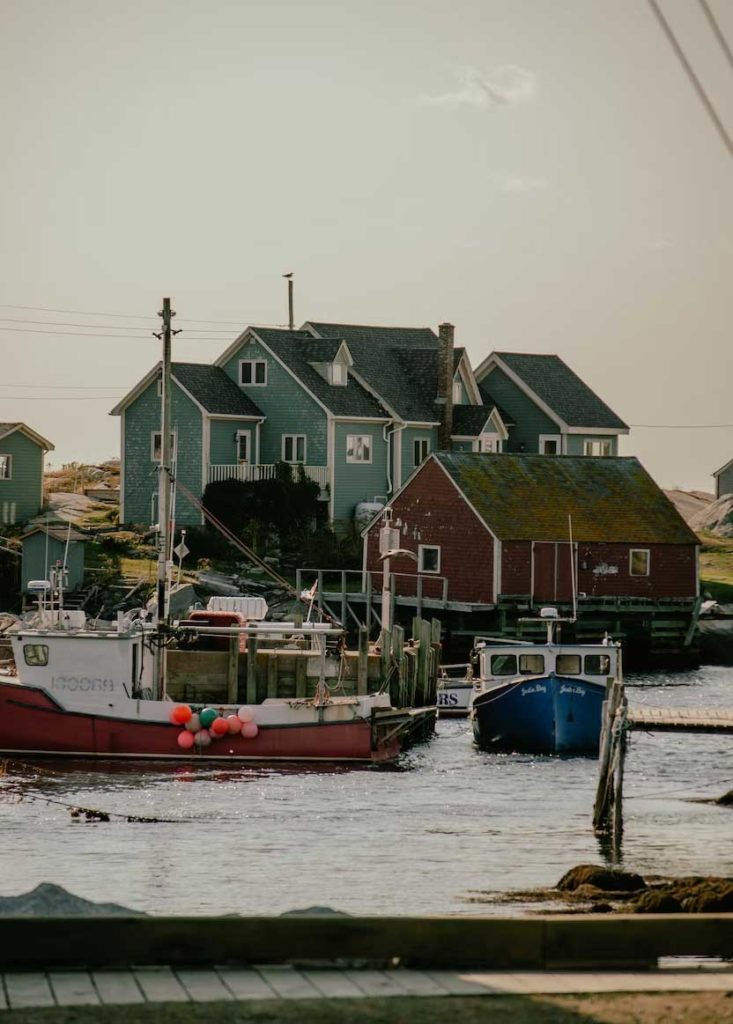
Fairmont Royal York: The Fairmont Royal York is located in downtown Toronto and is one of the city’s most iconic landmarks. The hotel was built in 1929 and has hosted several famous guests over the years, including Queen Elizabeth II and Winston Churchill. It features luxurious rooms, a spa, and several restaurants and bars.
The Ritz-Carlton, Montreal: The Ritz-Carlton, Montreal is located in the heart of downtown Montreal and is a National Historic Site of Canada. The hotel was built in 1912 and has hosted several famous guests, including Elizabeth Taylor and Winston Churchill. It features luxurious rooms, a world-class spa, and several restaurants.
The Fairmont Empress: The Fairmont Empress is located in Victoria, British Columbia, and overlooks the Inner Harbour. The hotel was built in 1908 and has been designated a National Historic Site of Canada. It features luxurious rooms, a world-class spa, and several restaurants.

Food to try by region
Canada has a rich culinary culture that is influenced by its history and geography. Here are some traditional Canadian dishes that you should try:
Poutine: Poutine is a popular Canadian dish that originated in Quebec. It’s made of French fries, cheese curds, and gravy and is often served as a fast food or late-night snack.
Tourtiere: Tourtiere is a savory meat pie that is a traditional Christmas dish in Quebec. It’s made of ground pork, beef, or veal, and is seasoned with spices like cinnamon, cloves, and nutmeg.
Nanaimo Bars: Nanaimo Bars are a sweet treat that originated in the city of Nanaimo, British Columbia. They’re made of a graham cracker crust, a layer of custard or vanilla buttercream, and a layer of chocolate ganache.


Bannock: Bannock is a traditional Indigenous flatbread that is cooked over an open fire. It’s made of flour, baking powder, and water or milk and can be eaten on its own or used as a base for other dishes.
Butter Tarts: Butter tarts are a sweet pastry that originated in Ontario. They’re made of a pastry crust filled with a mixture of butter, sugar, syrup, and eggs, and are often served with a dollop of whipped cream.
Montreal-style Smoked Meat: Montreal-style smoked meat is a type of cured meat that is popular in Montreal. It’s made of beef brisket that is cured with spices and then smoked. It’s often served on rye bread with mustard.
Lobster Rolls: Lobster rolls are a popular seafood dish that originated in the Maritime provinces of Canada. They’re made of chunks of fresh lobster meat that is mixed with mayonnaise and served on a hot dog bun.
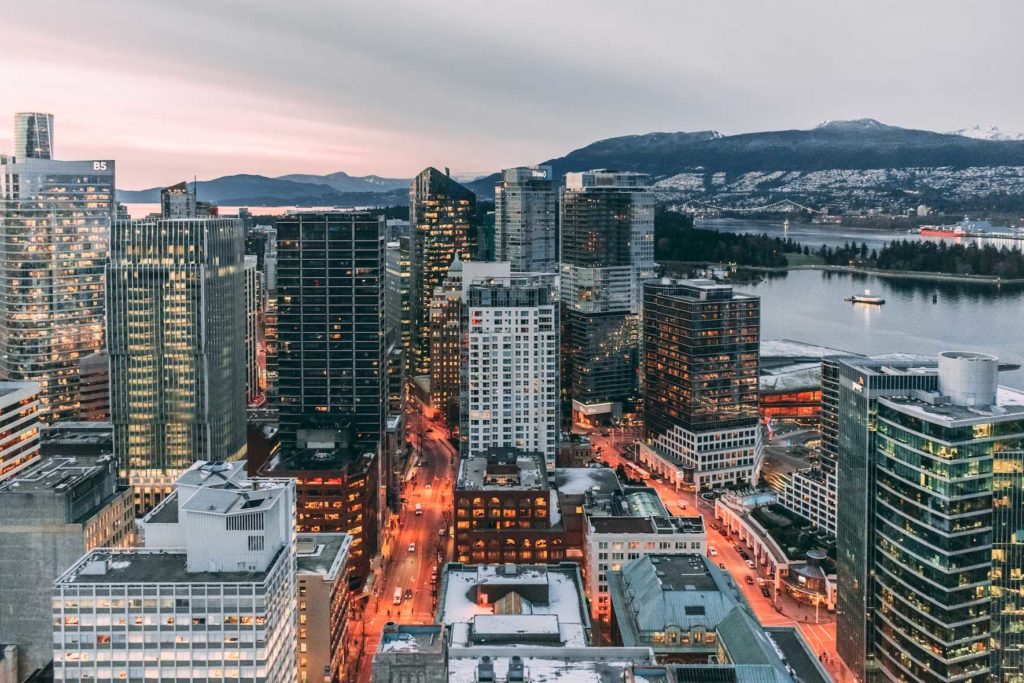
The 10 best restaurants in Canada
Canada has a vibrant culinary scene with a variety of excellent restaurants offering a wide range of cuisines. Here are some of the best restaurants in Canada, along with their chefs and specialties:
Alo – Toronto, Ontario
Chef: Patrick Kriss
Specialty: French-inspired tasting menus using local and seasonal ingredients.
Toque! – Montreal, Quebec
Chef: Normand Laprise
Specialty: Modern Quebecois cuisine using locally-sourced ingredients.
Bar Isabel – Toronto, Ontario
Chef: Grant Van Gameren
Specialty: Spanish-inspired tapas dishes with a focus on charcuterie and seafood.
Joe Beef – Montreal, Quebec
Chef: David McMillan and Frederic Morin
Specialty: Classic French-Canadian cuisine with a focus on seafood and meat dishes.
Langdon Hall – Cambridge, Ontario
Chef: Jason Bangerter
Specialty: Contemporary Canadian cuisine using local and seasonal ingredients, with a focus on foraging and farm-to-table dining.
Hawksworth Restaurant – Vancouver, British Columbia
Chef: David Hawksworth
Specialty: Contemporary Canadian cuisine using locally-sourced ingredients, with a focus on seafood and Pacific Northwest flavors.
Raymonds – St. John’s, Newfoundland and Labrador
Chef: Jeremy Charles
Specialty: Modern Newfoundland cuisine using locally-sourced seafood, game, and wild plants.
Canoe – Toronto, Ontario
Chef: John Horne
Specialty: Contemporary Canadian cuisine with a focus on regional ingredients, with stunning views of the city from the restaurant’s 54th floor location.
Model Milk – Calgary, Alberta
Chef: Justin Leboe
Specialty: Modern Canadian cuisine with a focus on locally-sourced ingredients, particularly meat and seafood.
Ayden Kitchen and Bar – Saskatoon, Saskatchewan
Chef: Dale MacKay
Specialty: Contemporary Canadian cuisine with a focus on comfort food and locally-sourced ingredients, with a particular emphasis on Saskatchewan beef and grains.

Getting around Canada
Canada is a vast country with many transportation options for visitors. Here are some of the best ways to get around Canada:
Air travel: Canada has a well-developed network of airports, with several major airlines offering domestic and international flights. This is the best option for long-distance travel between major cities.
Train travel: VIA Rail is Canada’s national passenger rail service, offering travel between major cities and scenic routes through the countryside. Train travel is a great option for those who want to experience the country’s stunning landscapes and travel at a more leisurely pace.
Bus travel: Greyhound is a major bus company in Canada, offering travel between major cities and smaller towns. Bus travel is a more affordable option than air or train travel and can be a good way to see more of the countryside.
Car rental: Renting a car is a popular option for visitors who want the flexibility to travel on their own schedule and explore off-the-beaten-path destinations. Major car rental companies are available at most airports and in major cities.
Public transportation: Most major cities in Canada have public transportation systems, such as buses and trains, that are affordable and efficient. This is a good option for getting around cities and urban areas.
Cycling: Canada has several scenic cycling routes, including the Trans-Canada Trail, which spans over 27,000 kilometers and passes through every province and territory. Cycling can be a great way to see the country’s natural beauty and get some exercise.
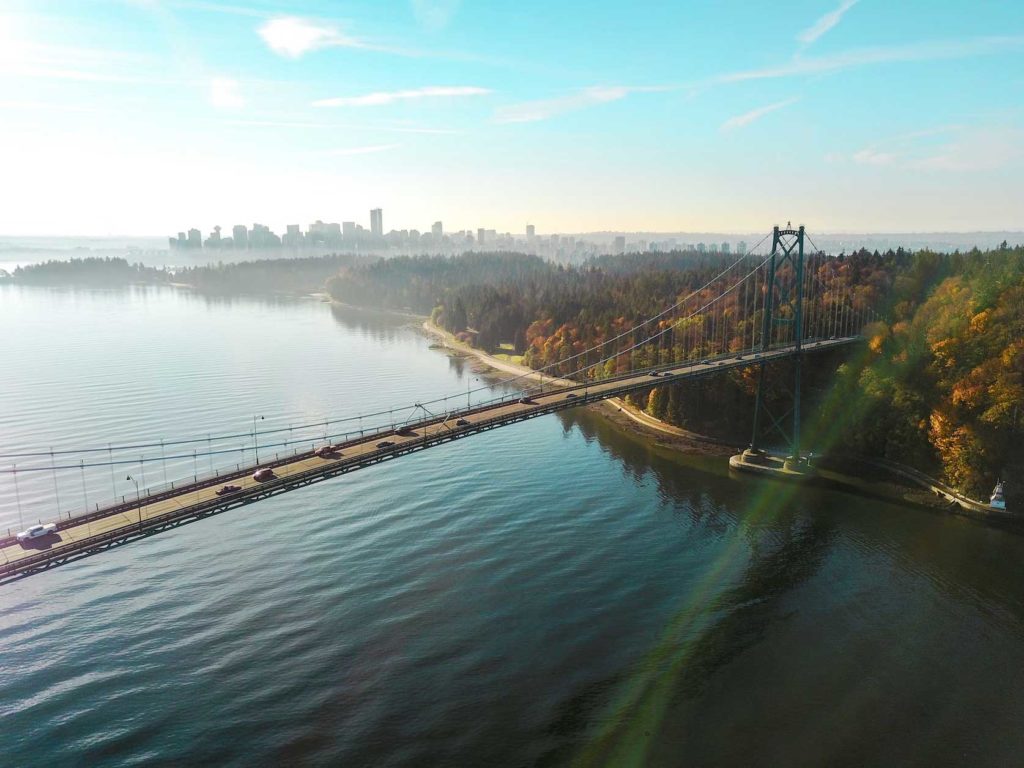
Shopping, taxes and tips in Canada
When shopping or eating out in Canada, it’s important to understand the taxation, service charges, and tipping customs.
Taxation:
In Canada, most goods and services are subject to a federal Goods and Services Tax (GST) of 5%, as well as a provincial sales tax (PST), which varies by province. Some provinces have a Harmonized Sales Tax (HST), which combines the GST and PST into one tax. The tax is typically included in the price of goods or services, so you don’t have to calculate it separately.
Service charges:
In some restaurants and bars, a service charge may be added to your bill. This is usually around 15-20% of the total bill and is intended to cover the cost of the server’s wage. However, it’s important to note that this is not a mandatory charge, and you have the option to add more or less to the tip or even to ask to have the service charge removed.
Tipping:
In Canada, it’s customary to tip in most service industries, including restaurants, bars, and taxis. The standard tip for good service in a restaurant is around 15-20% of the total bill, before tax. For bar service, a tip of $1-2 per drink is common. In taxis, it’s customary to tip around 10% of the fare.
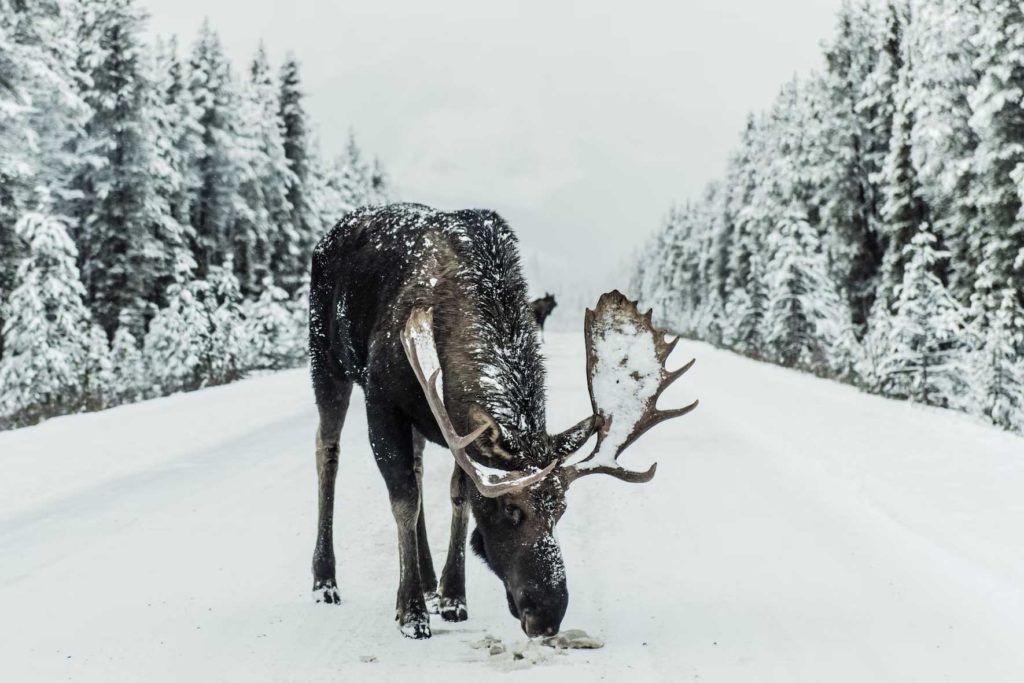
Practical advice when travelling in Canada
If you’re planning to travel to Canada, here are some practical tips to keep in mind:
Pack for the weather: Canada experiences a range of weather conditions throughout the year, from cold winters to hot summers. Be sure to check the weather forecast for your destination and pack appropriate clothing and gear, including warm jackets, hats, gloves, and boots in the winter, and light clothing and sunscreen in the summer.
Carry identification: When travelling in Canada, it’s important to carry identification with you at all times. This can be a passport if you’re a foreign national, or a government-issued ID if you’re a Canadian citizen or permanent resident.
Use public transportation: Most major cities in Canada have efficient and affordable public transportation systems, including buses, trains, and subways. Using public transportation can be a great way to get around and save money on transportation costs.
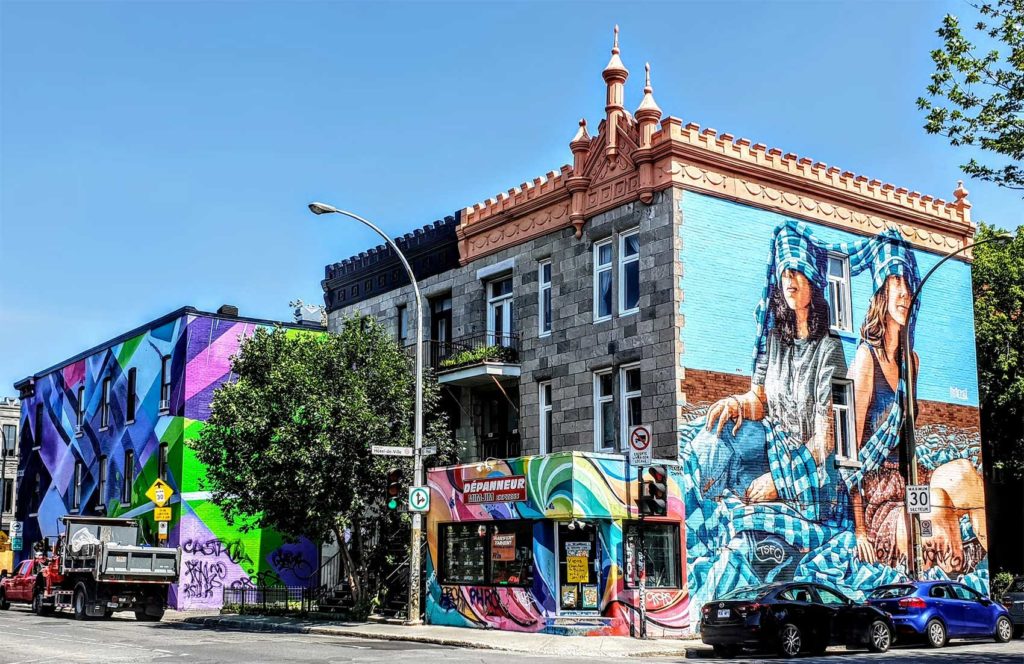

Respect local customs: Canada is a diverse country with many different cultures and customs. It’s important to respect the local customs and traditions of the places you’re visiting, including dress codes, religious practices, and social norms.
Be mindful of wildlife: Canada is home to many wild animals, including bears, moose, and cougars. If you’re travelling in a natural area, be sure to follow wildlife safety guidelines, such as keeping a safe distance and not feeding or approaching wild animals.
Plan for emergency situations: It’s always a good idea to be prepared for emergency situations when travelling. This includes carrying a first aid kit, knowing the location of the nearest hospital or emergency services, and having a plan for communicating with loved ones in case of an emergency.
Stay connected: Canada has a reliable and widespread network of cellular and internet services, so it’s easy to stay connected with friends and family back home. Be sure to bring a phone or device that works in Canada and consider purchasing a local SIM card or data plan for affordable internet access.
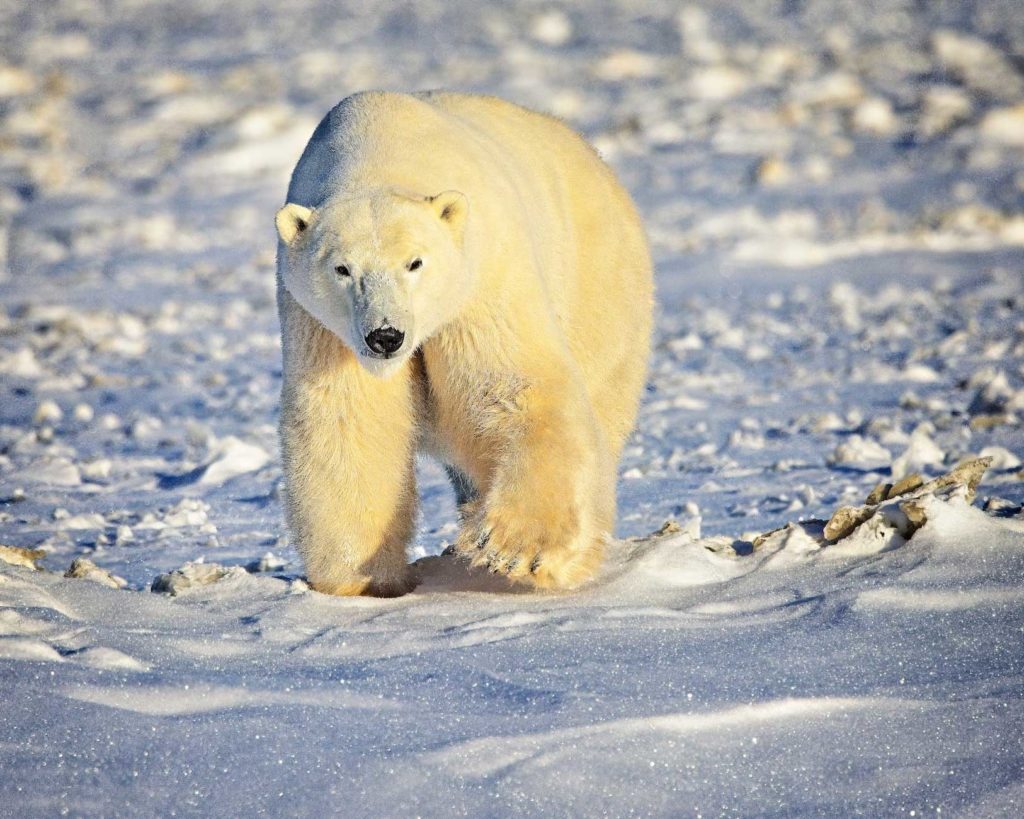
Safety in Canada
Canada is generally a safe and secure country to visit, with a low crime rate compared to many other countries. However, it’s still important to take precautions and be aware of potential safety concerns when travelling in Canada. Here are some tips to ensure your safety and security while in Canada:
Stay aware of your surroundings: Whether you’re walking around a city or hiking in the wilderness, it’s important to stay aware of your surroundings and be mindful of potential safety hazards or risks.
Keep your valuables safe: When travelling, it’s important to keep your valuables, such as your passport, money, and electronic devices, safe and secure. Consider carrying them in a money belt or using a hotel safe to store them.
Be cautious of scams: Like any other country, Canada has its fair share of scams and frauds. Be cautious of unsolicited offers, and don’t provide personal or financial information to strangers.
Follow traffic laws: Canada has strict traffic laws, and it’s important to follow them to ensure your safety on the road. This includes wearing a seatbelt, following speed limits, and not driving under the influence of drugs or alcohol.
Respect wildlife: Canada is home to many wild animals, and it’s important to respect them and their habitat. Keep a safe distance and don’t approach or feed wild animals.
Stay informed: Stay informed about any safety or security concerns in the areas you’re travelling to. Check government travel advisories and local news sources for up-to-date information.

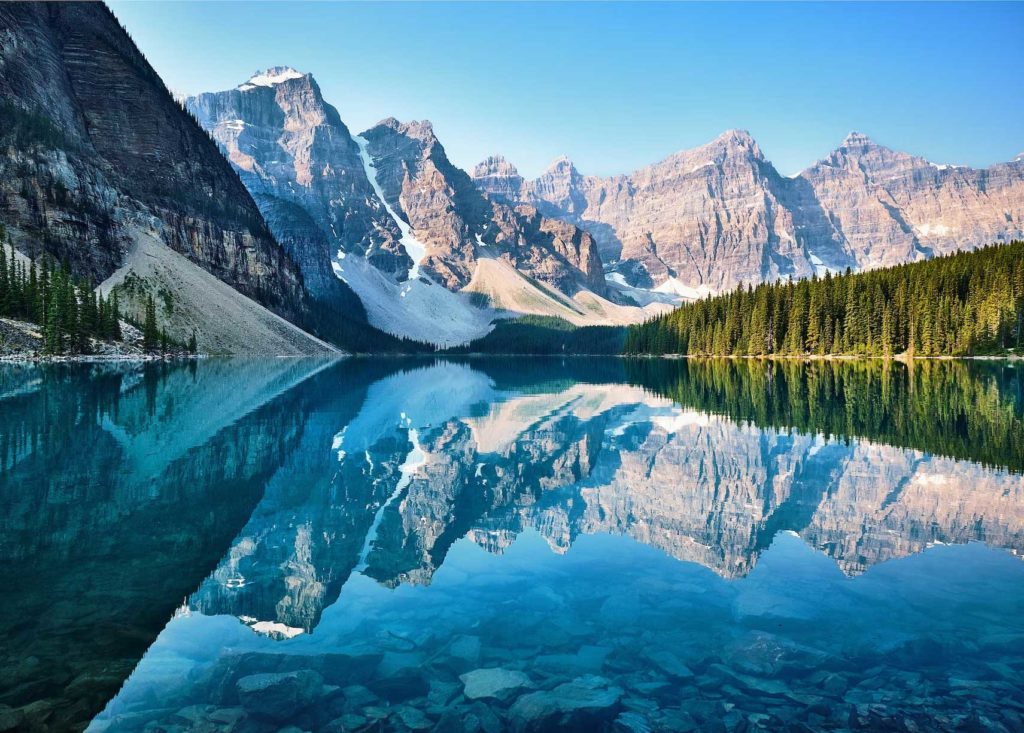
–
Check our other travel guides.
Check out our Montreal Travel Guide